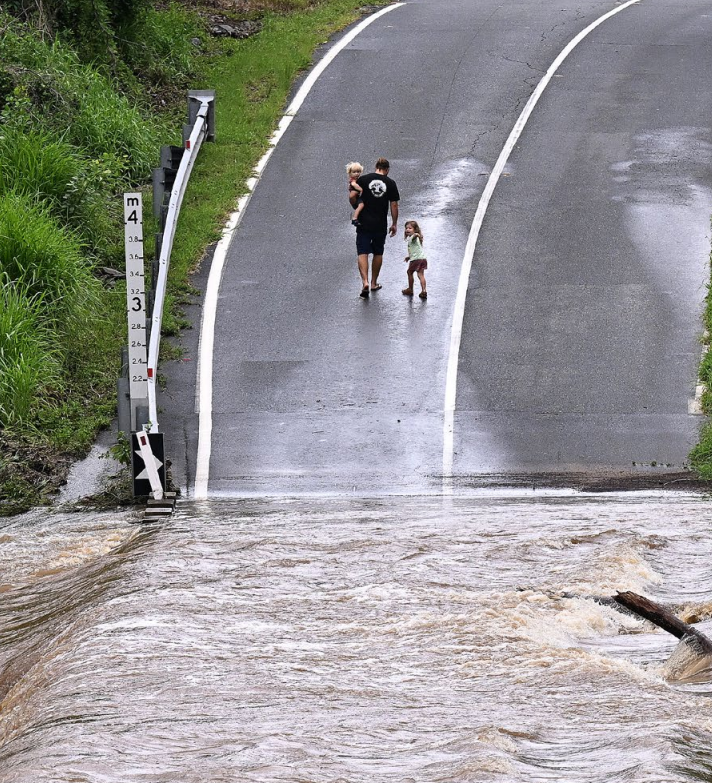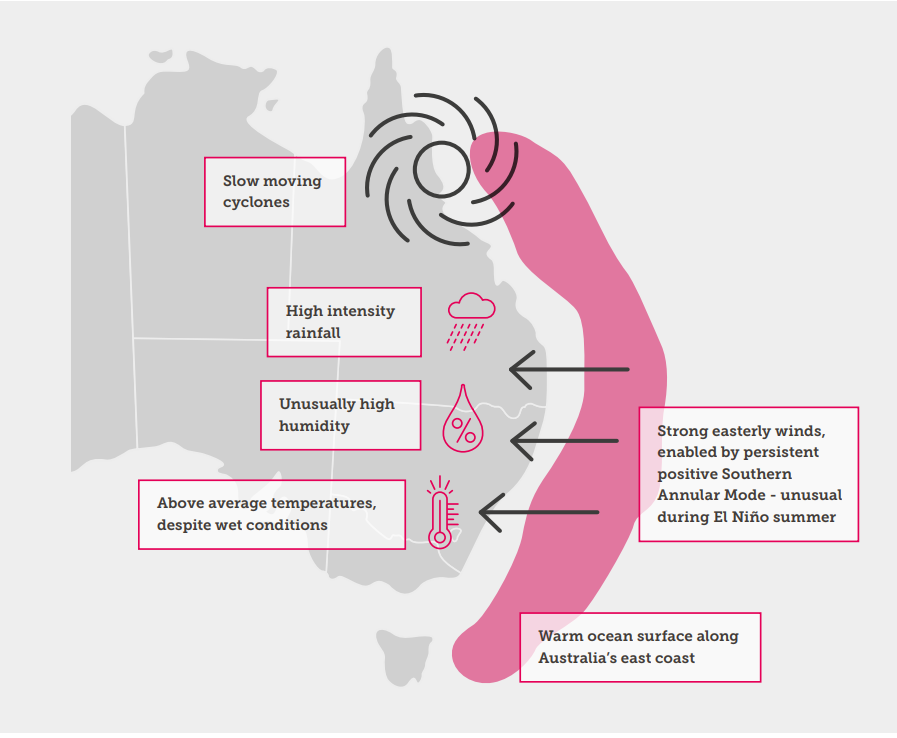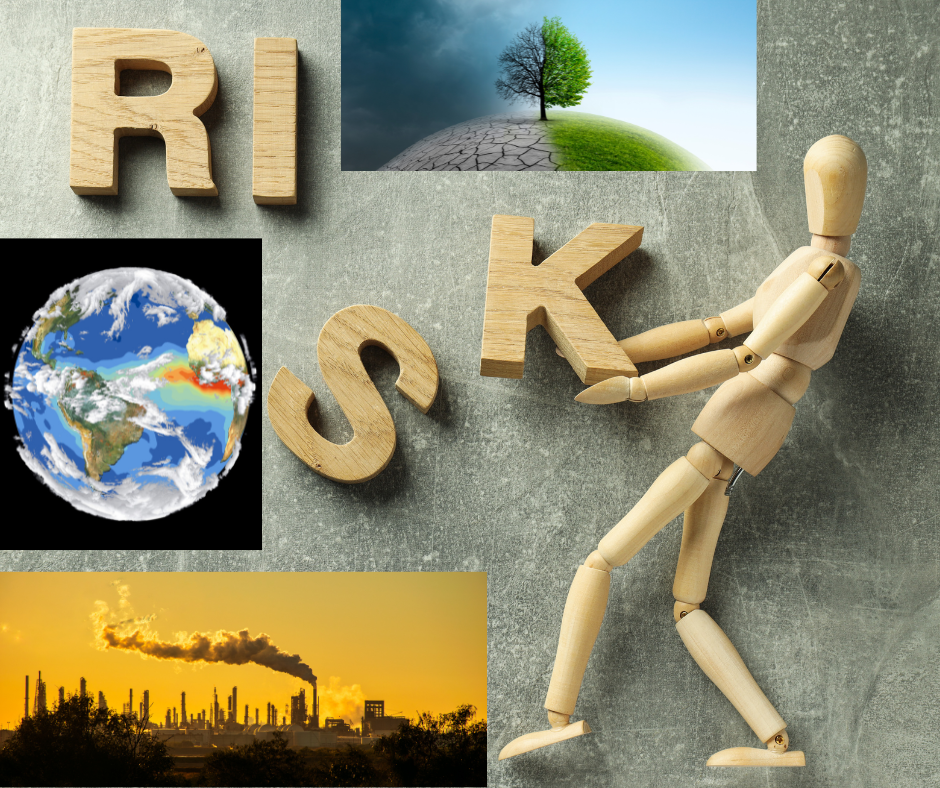CLIMATE WHIPLASH HAS caught Australians off guard this summer, as increasingly volatile weather has flung communities between extreme heat and fatal floods.

The Climate Council’s report ‘Climate whiplash: wild swings between weather extremes’ concludes that Australia’s summer of dangerous downpours and scorching heat is consistent with six symptoms of a warming planet.
| Australia’s climate whiplash has involved: The driest three months on record, then record rainfall. Weather records broken in almost every state and territory, with weeks of summer left. Millions of Australians on the east coast sweltering through weeks of unusually high humidity. |
2023’s announcement of an El Niño and an early start to fire seasons in Victoria, New South Wales, Western Australia and Queensland, as well as huge parts of the Northern Territory burning for months, boded for a hot, dry summer. What Australians experienced instead was a combination of both intense heat and extreme downpours that claimed lives and homes across the east coast of the country.
The report reiterates that climate change, driven by the burning of coal, oil, and gas, is supercharging Australia’s weather systems, making them more unpredictable and dangerous than ever before.

It also warns that the weather of the past may no longer be a reliable guide for the future. Hot on the heels of El Niño come concerns that La Niña, a climate driver associated with floods and storms, may return as early as mid this year.
Dr Simon Bradshaw, Director of Research at the Climate Council said:
“For too many communities, the great Australian summer is now something to be feared. Climate change, driven by the burning of coal, oil and gas, means our weather is more extreme, dangerous and unpredictable.
“From intense heat and fierce fire conditions to flooding rains and back again, Australians are experiencing climate whiplash: hurtled from one extreme to another with little time to recover.
“The stifling humidity, intense storms, soaring temperatures and other extremes of recent months are all key signs of a fast-warming planet.
“We know what we need to do to better protect Australian communities. It starts with cutting Australia’s climate pollution. We must urgently reform our national environment law so that we stop adding fuel to the fire by approving new coal and gas projects, and we must lock in the proposed fuel efficiency standard as soon as possible. At the same time, we must work much harder to prepare communities for the climate impacts of today and tomorrow.”
Professor Lesley Hughes, Climate Councillor said:
“Wild swings from fires to floods are threatening the people we love and the places we call home. Climate change, driven by the burning of coal, oil, and gas, has worsened Australia’s weather from coast to coast, with almost every state breaking extreme weather records this summer.
“This report makes it clear that we can no longer rely on the past to predict the future when it comes to our weather. Climate change is causing erratic swings from sweltering heat to devastating downpours, and it is increasingly hard to predict what each season will bring.
“But we are not without hope or guidance – what we can rely on is the science. The same science that has been warning us for decades that days like these would come, also spells out the solutions we so desperately need. The science tells us that the only way out of this is to leave coal, oil and gas in the ground for good – not tomorrow or the next day, but now.”
Greg Mullins AOFSM, Founder of Emergency Leaders for Climate Action said:
“The start of the fire season was ferocious, and it came too soon. Climate change closed the window we once used to conduct critical hazard reduction burns; suddenly swinging from too wet, to too dry and dangerous. Catastrophic fire warnings were recorded around the country, and homes and lives were lost to deadly blazes all before December.
“Off the back of the driest three months ever recorded in our history came a deluge of floods and storms, once again pushing emergency services to capacity and forcing communities to fend for themselves. Communities must be given what they need to prepare for and respond to disasters.
“It is unfathomable to me that, while we face fires and floods, we continue contributing to the problem. Australia must leave coal, oil and gas behind for the sake of our future. The alternative is simply not an option.”


